What is 316L Stainless Steel? Properties & Uses Explained
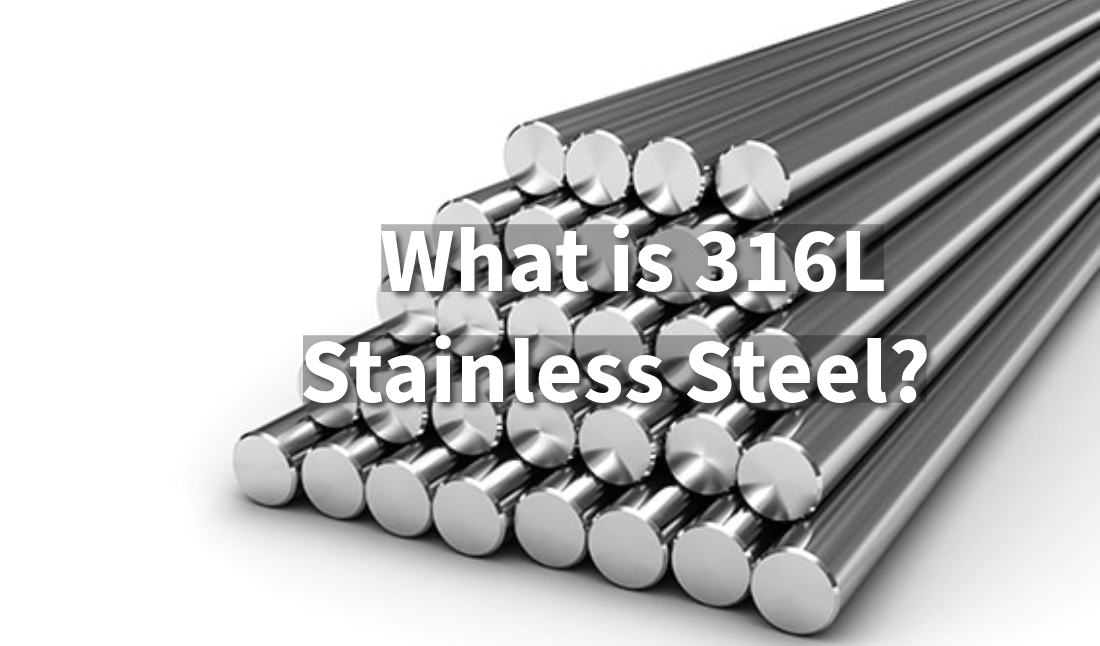
Explore the unique properties of 316L stainless steel, its durability, and where it’s commonly applied in industrial, medical, and marine sectors.
Introduction to 316L Stainless Steel
Stainless steel is a strong and popular metal that is used for many different things because it does not rust easily and looks nice. There are different types of stainless steel, each made for specific uses. 316L stainless steel is one type that is special because it can handle tough environments really well.
316L is a low-carbon version of 316 stainless steel. The "L" in 316L stands for "low carbon," which means it has less carbon than regular 316. This difference helps make it better at resisting rust and makes it easier to weld. Because of these qualities, 316L is often used in industries like marine, medical, and chemical processing, where strength and resistance to harsh conditions are important.
Composition and Properties
Chemical Composition of 316L Stainless Steel
316L stainless steel is mainly made of iron, with important amounts of chromium (16-18%), nickel (10-14%), and molybdenum (2-3%). The molybdenum helps it resist pitting and corrosion, especially in salty environments. The low carbon content also helps prevent problems during welding, which makes it more resistant to rust.
Physical and Mechanical Properties
316L stainless steel is strong and flexible. It has a density of about 8.0 g/cm³ and can stay strong at both high and low temperatures. Its tensile strength (how much force it can handle without breaking) is between 485 MPa and 620 MPa, which makes it useful for many different applications.
Comparison with Other Stainless Steel Grades
Compared to 304 stainless steel, 316L has better resistance to rust, especially in salty or harsh environments. Unlike 316 stainless steel, 316L has less carbon, which makes it better for welding. The lower carbon content reduces the chance of rust forming after welding. Because of this, 316L is often the preferred choice for special uses that need both welding and strong rust resistance.
Advantages of 316L Stainless Steel
Corrosion Resistance: 316L stainless steel is very good at resisting rust, especially in environments with lots of salt, like seawater or chemical facilities. The added molybdenum helps it resist pitting and other types of corrosion.
High Strength and Durability: 316L is strong and tough. It can handle extreme temperatures and harsh conditions, making it a reliable choice for difficult applications.
Low Carbon Content Benefits: The low carbon content in 316L helps prevent rust from forming during welding, which keeps its resistance to corrosion intact. This makes 316L a good choice for welded structures that need to last a long time.
Applications of 316L Stainless Steel
Common Industries
316L stainless steel is used in many industries, including automotive, marine, medical, food processing, and chemical processing. Its great rust resistance and strength make it perfect for environments that need strong and safe materials.
Use Cases of 316L Stainless Steel
N95 Mask Molds
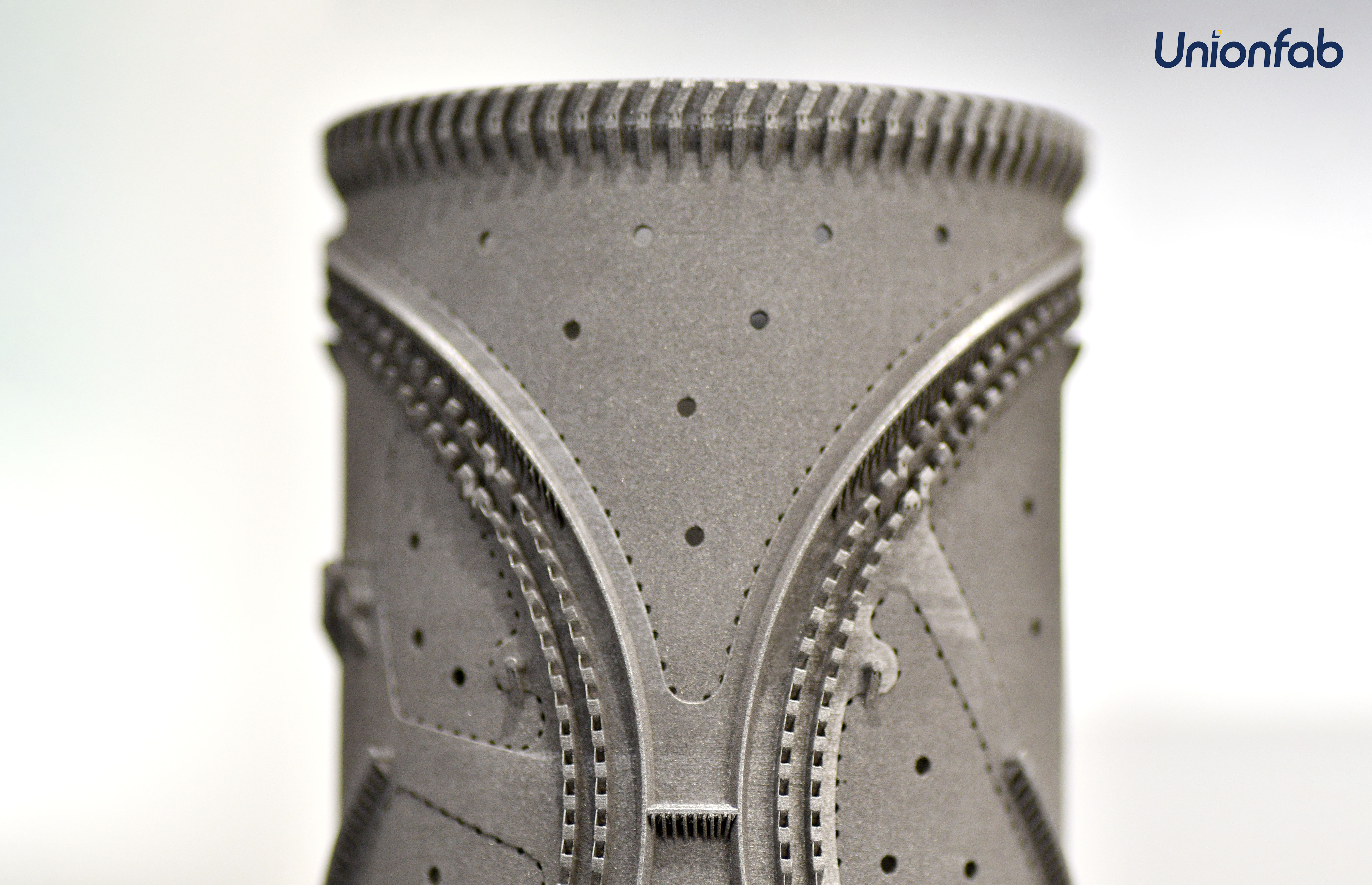
When it comes to manufacturing high-quality, life-saving N95 masks, 316L stainless steel stands out as the material of choice for the mask molds. Its remarkable durability and resistance to corrosion ensure that every mold maintains its precise dimensions, even after rigorous, repeated use.
Heat Sinks
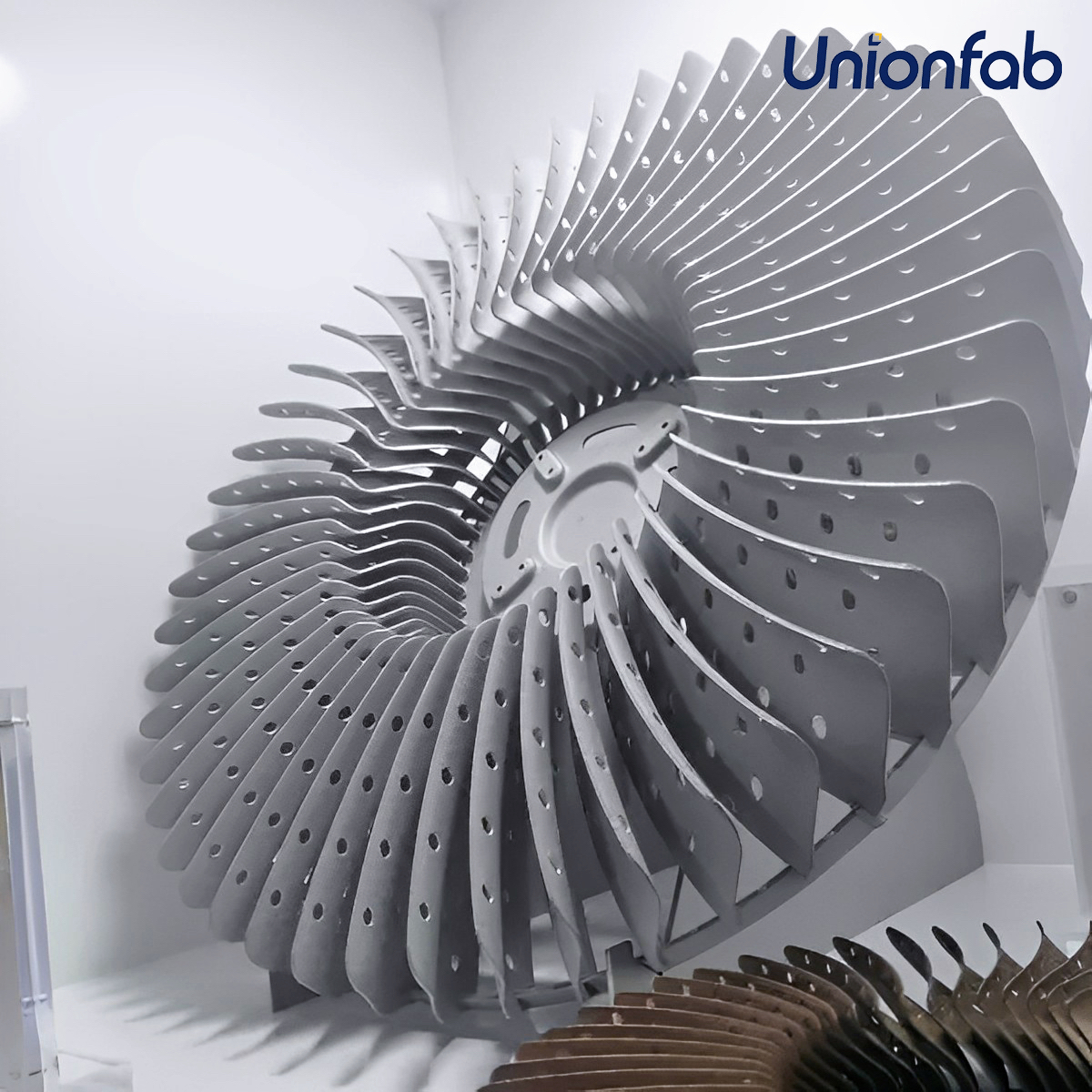
In the demanding environments of automotive, electronic, and industrial systems, 316L stainless steel heat sinks excel at efficiently dissipating heat. The alloy's high thermal conductivity and resistance to wear allow it to maintain optimal performance, delivering a reliable solution that keeps machinery and systems cool.
Automotive Parts
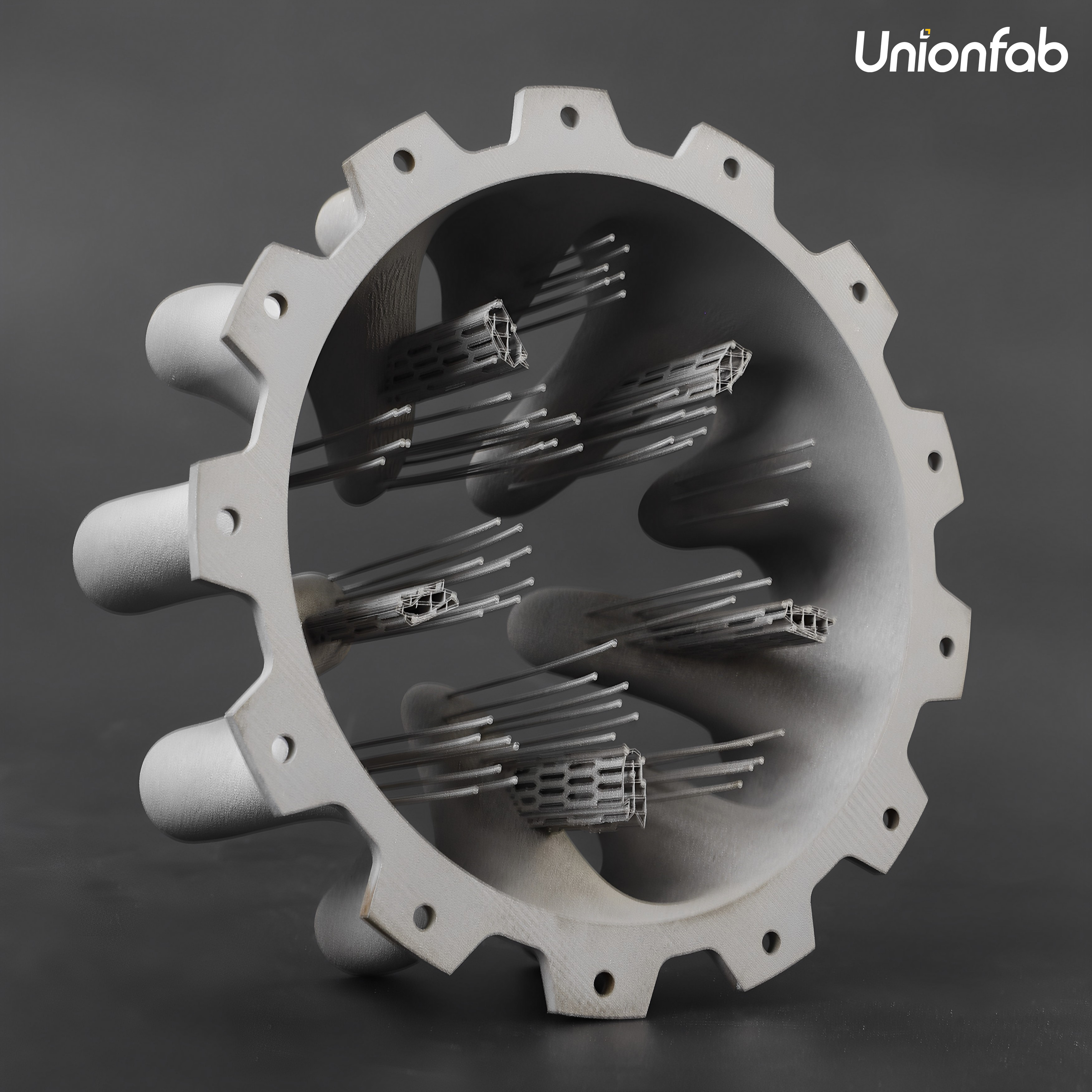
When it comes to critical automotive parts like tailpipes and wheel hubs, 316L stainless steel stands out for its unmatched combination of strength and corrosion resistance. Made of 316L stainless steel, tailpipes can withstand the intense heat and harsh exposure of exhaust gases. Drivers can count on 316L components to look and perform like new, year after year, thanks to the material's durability.
Jewelry of Lasting Elegance
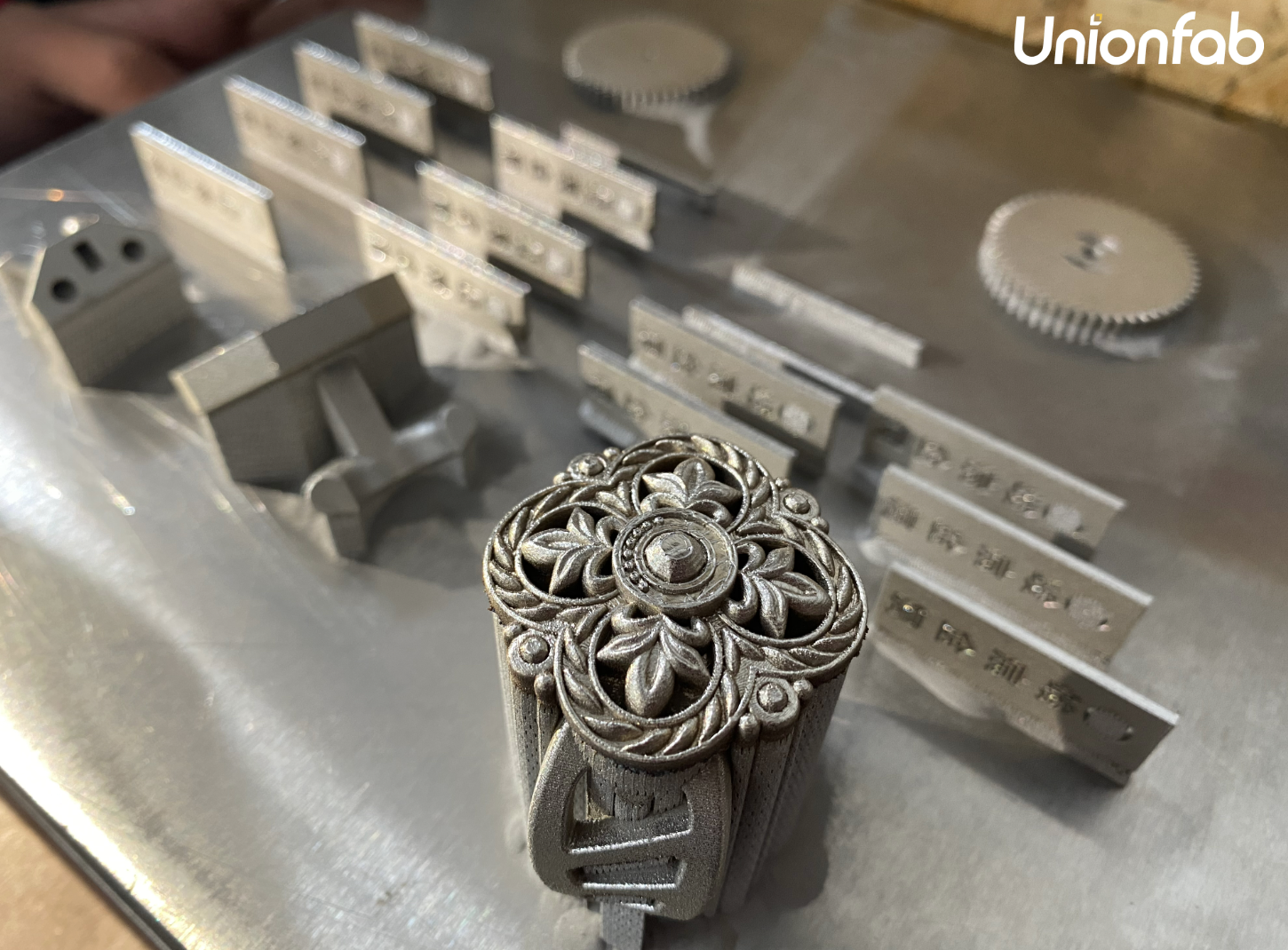
For jewelry that’s both elegant and robust, 316L stainless steel is the perfect choice. Known for its polished finish and hypoallergenic properties, 316L is ideal for those seeking lasting shine and resistance to tarnish.
316L vs. 316 Stainless Steel: Key Differences
Aspect | 316 Stainless Steel | 316L Stainless Steel |
|---|---|---|
Carbon Content | Up to 0.08% | Less than 0.03% |
Weldability | Higher rust risk when welded | Excellent, minimal rust risk |
Corrosion Resistance | Good, but can rust in welded areas | Superior, especially in welded areas |
Salt/Chloride Resistance | Susceptible to pitting over time | Strong resistance, ideal for marine use |
Common Uses | Industrial, food processing equipment | Marine, medical, chemical equipment |
Detailed Comparison with 316 Stainless Steel
Both 316 and 316L stainless steels are very similar, but the main difference is their carbon content. 316L has less carbon (usually less than 0.03%) compared to 316 (which can have up to 0.08%). This lower carbon content makes a big difference, especially when welding.
The low carbon in 316L helps prevent rust from forming during welding, which can happen at high temperatures. Because of this, 316L is often used for projects that need a lot of welding or need to be especially resistant to rust.
Why 316L is Preferred for Specific Applications
316L is usually preferred over 316 when welding is needed because the lower carbon content reduces the risk of rust after welding. This makes 316L perfect for marine environments, chemical processing equipment, and medical devices, where the material needs to stay strong even after being welded.
It is also better for places with a lot of salt, since it can resist pitting and other forms of corrosion for a long time.
Considerations When Using 316L Stainless Steel
Environmental Factors Affecting Performance: Even though 316L stainless steel resists rust well, certain conditions can still affect it. Long exposure to very acidic or basic environments can damage its surface. High chloride levels, especially in marine areas, can also cause pitting if not maintained properly.
Tips on Maintenance and Care for 316L Stainless Steel Components: To keep 316L stainless steel working well, it's important to clean it regularly to remove any surface dirt, especially in marine or chemical environments. Avoid using rough materials that could scratch the surface and cause rust. When welding, use the right techniques to prevent problems in the heat-affected areas and ensure the welded joints stay strong for a long time.
Conclusion
316L stainless steel is a low-carbon version of 316 stainless steel that offers great corrosion resistance, especially in salty environments. It is strong, easy to weld, and perfect for many demanding applications. The molybdenum content further helps it resist pitting and other forms of corrosion, making it a good choice for tough conditions.
Explore Precision with Unionfab
At Unionfab, we specialize in high-quality 316L stainless steel components tailored for durability and performance in every application.
Ready to bring your next project to life? Get an instant quote now!
Contact Unionfab today to explore our range of CNC and 3D printing services, designed to meet the exact needs of your industry.


